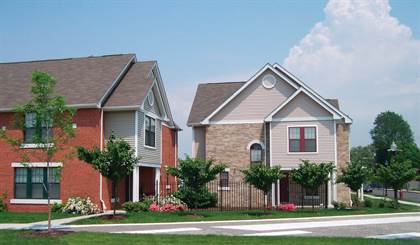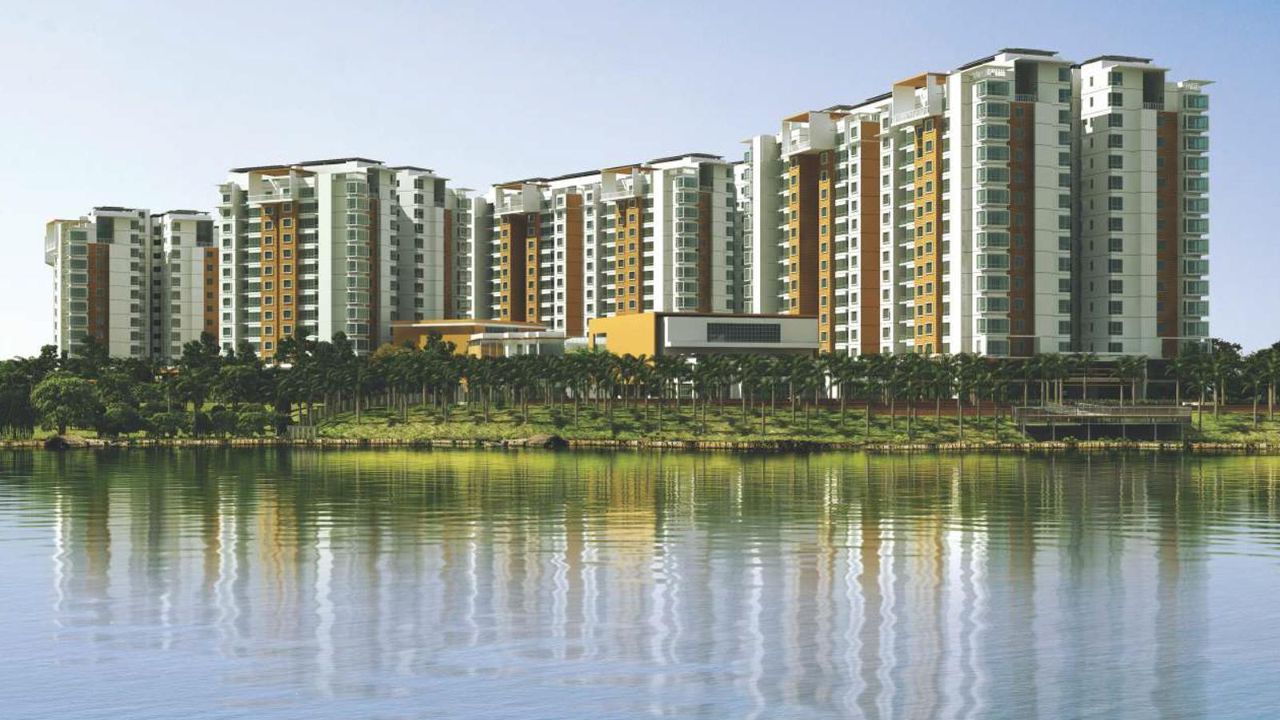Obviously, no one would walk into a construction site without a helmet. This is the very reason construction companies do not initiate any project without having a proper risk management plan in place.
Yet risk management in the construction industry and in construction projects goes from covering a team from physical injuries. It basically aims to protect projects from threats and to ensure its success. Ranging from legal problems to scheduling issues, it covers it all.
An effective risk management plan is key as the company takes on more complicated construction projects involving shareholders and technologies. With an understanding of the unique risks construction projects have, the right technologies, and a strategy driven by data, risk can be managed nicely for any construction project.
The most common kinds of risks present in the construction industry – which ones affect construction projects the most?
In the construction industry, each nook and corner is laden with risk. Whether it’s rising costs of construction materials, safety concerns, and hazards due to unfamiliar equipment; everyone in the industry should be able to identify any kind of risk, especially those working on projects. In general terms, there are five kinds of risks a construction project team should consider:
- Safety Risk: This refers to fatalities, injuries, or illnesses taking place on the job. It can be anything from sprains and strains to accidents with equipment that happen on the construction site. This is the reason companies should find a construction safety management system as per their project’s needs.
- Financial Risk: This is a factor that can negatively impact the profitability and cash flow of a construction project. Rising costs of materials, investing beyond what the company can afford as well as inadequate budget allocation.
- Legal Risk: Issues with contracts, and not complying with rules and regulations comprise legal risks along with violations of labor law. Once these violations take place; businesses, contractors, and individual contributors face legal problems which can result in long term legal and financial consequences.
- Project Risk: They comprise factors that can impact project management, like problematic task management, supply chain problems, scheduling problems, and the like. Insufficient planning can cause financial issues.
- Environmental Risk: Incidents impacting workers’ environments and that of communities, like natural disasters and incidents like site contamination cause environmental risks.
Construction risk control – what to understand about it?
Each construction company has a different kind of risk management process and plan. Yet there are four key components of a risk management framework construction companies and their members should be wary of. They are as under:
Identifying Risks
Before a project starts, the project team should identify risks which are unique to a project (Shortage of labor, weather issues etc.).
Assessing risks
Each risk should be prioritized based on their impact’s severity on a project. Levels of such a risk can be between mid to severe, and assessing potential risks will help the team efficiently and appropriately. For instance, supply chain disruptions at ports can seem severe but ships won’t be impacted in comparison to projects. Without assessing risks in the incumbent climate, it won’t be possible to mitigate and control certain risks.
Risk Response
Risks should first be categorized based on the way the team will manage them. A comprehensive response plan to deal with such risks is needed. Once in place, it helps risk management teams act accordingly and respond accordingly too to each threat happening.
Depending on the construction company’s ability to handle risks (and appetite), it indicates they can only take certain courses of action to control the situation. At the same time they accept that the risk happens if the impact of the threat is within the complete control of the construction company.
Risk transfer basically means giving a third party the responsibility. It is like signing up for a contractor liability insurance plan. Usually construction companies reduce risks if the risk is beyond their manageable grip and understanding.
Risk Reduction
This includes processes which on a proactive footing reduce the impact of a potential threat. Conducting an additional safety test is helpful in this regard.
Monitoring and reporting risk
Continuous risk monitoring is key to help companies adapt in today’s adverse conditions. Construction projects can go on for quite a long time. Numerous things like weather conditions can account for this. Hence it is important to adapt accordingly to avoid sanctions of non compliance with several rulings and unexpected expenses
Conclusion
Because of the wide scope of risk management in construction overall, solely using Excel spreadsheets are not viable for effectively reducing risk. The whole purpose of construction risk management instead is using up to date techniques to prevent adverse events from happening.
Project advisory experts are of the view that construction companies should play an active role in mitigating risks. This helps in the prevention of construction claims from happening and protects construction companies in the long run.





